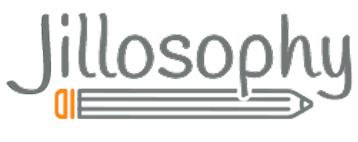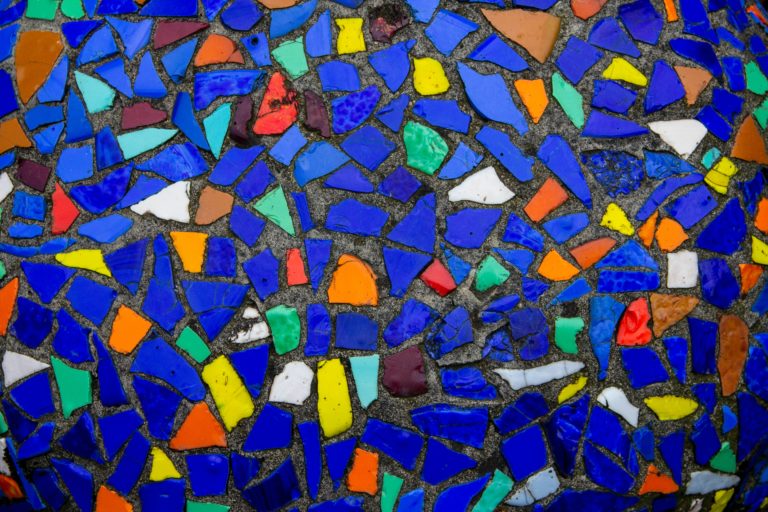I’m walking along my usual path through a familiar forest. It’s almost sunset on a late winter afternoon and I’m alone, hiking through knee-deep snow that feels as if it’s been falling forever. The hike seems just as endless, as if the path has become one long, circular loop. My toes and the ends of my fingers are stingingly cold; they prickle and burn like they’re on fire. My lungs feel the same as I heave myself through the drifts. I’m exhausted, so I stop for a moment to take a look around. The sky is melting into a dazzling, deep magenta at the fold of the horizon. Late-afternoon shadows cast trees I’ve walked past a thousand times into stark relief. They look completely different now in the fading light: the beautiful leaves and graceful branches stripped bare, limbs reaching toward me, almost menacing. I return my gaze to the breathtaking beauty of the sunset. It’s gorgeous, but the truth is, I don’t want to be here. In fact, I would rather be anywhere else in the world, but I don’t have a choice.
That’s what this past year of COVID has often felt like—a pleasant and familiar hike turned difficult, tedious and sometimes painful. Occasionally, it’s been surprisingly beautiful, especially when I’ve been brave enough to take a closer look. But too often, life with COVID has been sad and frightening. I know I have to keep going, but I have little clue as to where I’m headed, or how and when this damn hike is going to end.
COVID has turned things up-side-down. There are no shades of gray in this world ravaged by the virus: it’s all for better or for worse, all black or white, positive or negative. On the plus side, COVID has provided me the time to do things I said I’d do if I had more of it. I’d read more. Write more. Start a blog. Reach out more often to friends and family. COVID has forced me to slow down, to think and see things, especially familiar things, in a new way. And that’s been good.
But often, it’s been hard to take a closer look, especially at those things that have been hiding in plain sight, and for a very long time. Some are big, profound, scary, systemic things I can’t fix. Like institutionalized racism. White supremacy. Trumpism. Ignorance. Sure, I knew these things were always there, but I believed that they weren’t as big, as embraced, as ingrained as I now know them to be. And then there are the other things hiding closer to home. People I love, people I thought I knew who, when push came to shove, showed me a different version of themselves, a rendition I’m not sure I can or want to embrace. And if I’m honest, I’ve discovered ugly parts of myself that I’d rather ignore, keep hidden away.
For these things big and small, pre-COVID, I often looked the other way, shifted my gaze, left the room. COVID forced me to return, to take a closer look at all of it. And what I see these days is a lot of death and destruction. Broken pieces everywhere, making me afraid to take a step. I don’t have anything to sweep up the mess, so I just stand there among the sharp shards, frozen, not sure what to do next.
A thought occurs to me: I could, very carefully, sift through the broken bits, find the most beautiful fragments and reassemble them, mosaic-like, into something new. Something different, unique and beautiful. Something better than before.
Great idea. The problem is, I’ve never created a mosaic. Do I have the courage to do so when I know that I may cut myself—perhaps many, many times—in the process? And creating a mosaic surely would be challenging and difficult. Even if I can figure out how, do I have the energy to begin or the stamina and willingness to see it through? What if I just walk away from the mess? Would that be so wrong? Leave the brokenness behind? Let the world fix itself, or simply close the door to the room where my shattered relationships are scattered across the floor?
But then I think: do I really want to live in a world littered with fractured relationships, big and small? Is that the kind of world I want to leave behind for my grandchildren and their future offspring? Am I the person I want to be, for myself and for others?
And that’s when I know it’s time to pull on my big-girl pants, to get a broom and dustpan, and find some glue.
Photo by Soviet Artefacts, @sovietartefacts at unsplash.com


11 Comments
Brava! ❤️
Thanks Meg!
Dear Jill,
Your searing words invite possibility even in the midst of so much brokenness.
For my part, I will bring a broom and dustpan and glue.
The shattered relationships, discarded hopes belong to all of us. I want to become part of the mosaic project. I want to be the mosaic with you!
Thank you for one of the best offers I’ve had in a long time. I’m in!
Well said
Thank you!
Another thought-provoking post! So many thoughts come to mind. Number 1, In my industry alone (healthcare), navigating a global pandemic has shined a bright light on the realities of racism and inequity. And given the increase in the use of technology (which has been simply remarkable) for telehealth, telemedicine and its use in making virtual connections possible during strict social restrictions, we must be very careful we do not unintentionally widen this gap even further.
Number 2, an individual who has been injured can appear to be just find on the outside but have fatal internal injuries. We must examine and diagnose very carefully and deliberately as we move forward.
And finally, #3 , we are going to need a lot of glue and we must be precise on the type of glue we pick at any given time!
I believe there is no normal to which we can or even should return. We must use this glue to co-create a new existence!
Back at you with such a thought-provoking comment! I completely agree that we’re not going back to “normal” (whatever that is/was), and nor should we. But then again, I’ve always been a change junkie, so the idea of co-creating a new existence sounds like a blast to me. I need to be mindful of those for whom change is scary or threatening–as you say, be precise about the type of glue we use at any given time. I think we all need to commit to being like your words: thoughtful, intentional and deliberate, and we can’t take anything for granted or make assumptions. This is going to be really hard, but in the end, so worth it!
_I feel lost as I was reading & then scared, And I don’t want to be and then hopeful but I’m not yet ready to broom & dustpan. I wish I were but I have to much trump still in my head, I hate that, it will take some more time!
Don’t hate where you’re at–I think everyone is struggling with this up-side-down world, and they’re doing it in their own ways. I think it’s perfectly fine for you to move at the pace that works for you…or, if you have the energy and willingness, you could try to move a second or two faster than you’re comfortable with. That way, you won’t become complacent or miss an opportunity to create something new and really wonderful. Thanks for commenting!
I am lifted up whenever someone shines a light in the vulnerability that we all feel. In community and relationships I think we can move forward